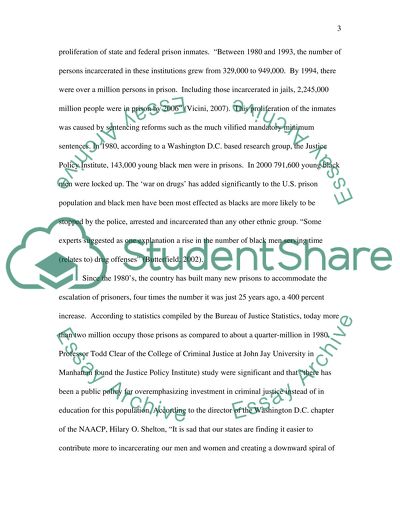Cite this document
(“African American Teens Receive Harsher Sentences than Caucasian within Essay”, n.d.)
Retrieved from https://studentshare.org/literature/1424159-african-american-teens-receive-harsher-sentences
Retrieved from https://studentshare.org/literature/1424159-african-american-teens-receive-harsher-sentences
(African American Teens Receive Harsher Sentences Than Caucasian Within Essay)
https://studentshare.org/literature/1424159-african-american-teens-receive-harsher-sentences.
https://studentshare.org/literature/1424159-african-american-teens-receive-harsher-sentences.
“African American Teens Receive Harsher Sentences Than Caucasian Within Essay”, n.d. https://studentshare.org/literature/1424159-african-american-teens-receive-harsher-sentences.


